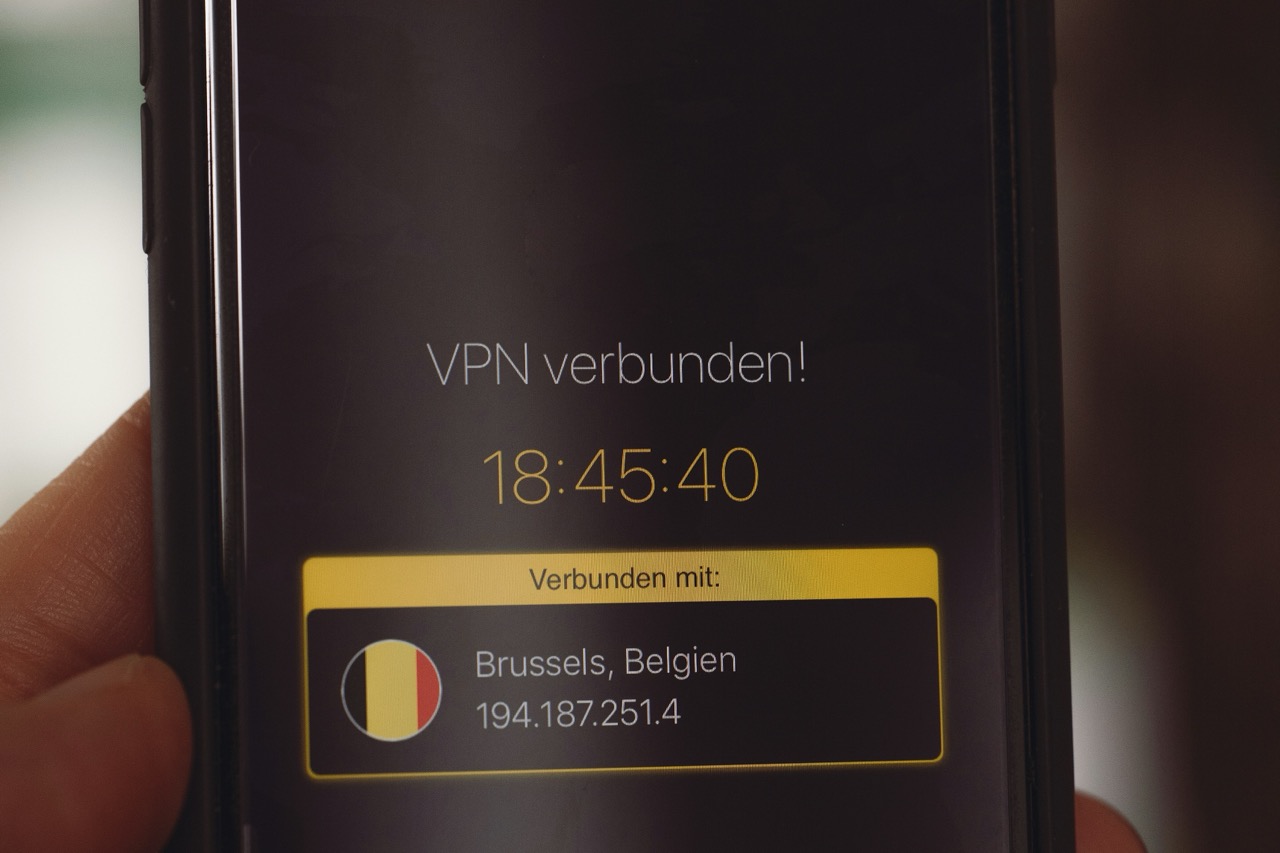In today’s digital landscape, organizations are increasingly reliant on technology for their operations. As a result, the importance of robust disaster recovery plans has become paramount. One critical tool in these plans is the Virtual Private Network (VPN). By facilitating secure connections and enabling remote access to essential systems, VPNs play a significant role in enhancing business resilience during crises. This article explores the multifaceted role of VPNs in disaster recovery plans, highlighting their importance, core features, integration strategies, security assurances, real-world applications, and future trends.
Understanding VPNs and Their Importance in Recovery Plans
A Virtual Private Network (VPN) is a technology that creates a secure and encrypted connection over a less secure network, such as the internet. It allows remote users to access the organization’s internal network as if they were physically present on-site. By masking the user’s IP address and encrypting all incoming and outgoing data, VPNs ensure privacy and security, which are critical during a disaster when sensitive information may be at risk of interception.
In the context of disaster recovery, the importance of VPNs cannot be overstated. They serve as a vital tool for maintaining business continuity by allowing employees to work remotely without disruption. In scenarios where physical access to the workplace is impeded, such as natural disasters or pandemics, VPNs enable organizations to continue their operations by providing employees with the necessary access to applications, documents, and resources from secure locations.
Moreover, the integration of VPNs into disaster recovery plans can enhance an organization’s overall resilience. By ensuring that critical systems remain accessible, VPNs not only help to mitigate downtime but also streamline communication during emergencies. This facilitates a quicker response to crises, thereby reducing the overall impact on the organization’s operations and reputation.
Key Features of VPNs That Enhance Disaster Recovery Efforts
Several key features of VPNs make them indispensable in disaster recovery efforts. One of the most critical features is encryption, which protects data in transit from unauthorized access. By employing robust encryption protocols, such as AES-256, VPNs ensure that sensitive information remains confidential, even when accessed over insecure networks. This is particularly important during disasters when data security is paramount.
Another vital feature is the ability to provide remote access to company resources. VPNs enable employees to connect to their organization’s network regardless of their physical location. This flexibility not only supports remote work during emergencies but also allows IT teams to manage and maintain systems from afar, ensuring that operations can continue smoothly without the need for on-site personnel.
Additionally, many VPNs offer features such as split tunneling and multi-factor authentication, which further enhance their utility in disaster recovery. Split tunneling allows users to access designated applications through the VPN while allowing other traffic to flow directly through the public internet, optimizing bandwidth. Multi-factor authentication adds an extra layer of security by requiring users to provide two or more verification factors, making unauthorized access significantly more difficult during crises.
Integrating VPNs into Your Business Continuity Strategy
Integrating VPNs into your business continuity strategy requires careful planning and execution. Organizations must first assess their specific needs and determine the level of access required for employees during potential crises. By evaluating the applications and resources that must remain accessible, businesses can tailor their VPN configurations to ensure that essential functions are maintained, regardless of the circumstances.
Training and awareness are also crucial aspects of integration. Employees need to be well-versed in how to utilize the VPN effectively, including understanding how to troubleshoot common issues and recognizing the importance of secure connections. Regular training sessions can help familiarize staff with the technology, ensuring they are prepared to use it in the event of a disaster, thereby minimizing disruptions to business operations.
Lastly, organizations should routinely test their VPNs as part of their disaster recovery plan. Conducting regular drills and simulations can help identify potential vulnerabilities and ensure that the VPN functions effectively under stress. By integrating continuous testing and monitoring into their strategies, businesses can maintain confidence in their VPN infrastructure and improve their readiness for unforeseen events.
Ensuring Data Security with VPNs During Emergencies
Data security is a critical concern during emergencies, and VPNs play a pivotal role in protecting sensitive information. By encrypting data in transit, VPNs safeguard against eavesdropping and tampering, which can be particularly prevalent during disaster situations where attackers may exploit vulnerabilities. This encryption not only protects the integrity of the data but also ensures compliance with industry regulations and standards, reducing the risk of legal repercussions.
Additionally, VPNs can serve as a barrier against cyber threats that often escalate during emergencies. Cybercriminals may take advantage of the chaos that accompanies disasters to launch attacks on organizations. With features like kill switches, which disable internet access if the VPN connection drops, organizations can prevent data breaches and maintain greater control over their information security posture.
Moreover, the use of VPNs can enhance secure communication channels among employees and stakeholders during a disaster. Encrypted communication helps to ensure that sensitive discussions regarding recovery efforts and operational changes remain confidential. This level of security fosters a culture of trust within the organization, allowing for open dialogue and collaboration during challenging times.
Case Studies: Successful VPN Implementation in Crises
Numerous organizations have successfully implemented VPNs into their disaster recovery plans, demonstrating their value in real-world scenarios. For instance, during the COVID-19 pandemic, many businesses transitioned to remote work almost overnight. Companies that had previously invested in VPN infrastructure were able to maintain operations with minimal disruption. A notable example is a global consulting firm that utilized its VPN to allow thousands of employees to access critical systems securely, ensuring continuity in client services.
Another example comes from the financial services sector, where a major bank faced operational challenges during a natural disaster. By leveraging its VPN to facilitate remote access for employees, the bank was able to maintain its essential services, process transactions, and support customers. This swift adaptation not only preserved the bank’s reputation but also highlighted the importance of having a reliable VPN integrated into its disaster recovery strategy.
These case studies illustrate how organizations that proactively integrate VPN technology into their disaster recovery plans are better equipped to handle unexpected disruptions. The ability to provide secure, remote access to critical resources can be the difference between operational continuity and significant downtime during crises.
Future Trends: VPNs in Evolving Disaster Recovery Frameworks
As the technological landscape continues to evolve, so too will the role of VPNs in disaster recovery frameworks. One emerging trend is the increasing adoption of cloud-based VPN solutions. These services offer greater scalability, flexibility, and ease of management, allowing organizations to quickly adapt their recovery plans to changing circumstances. As more businesses migrate to cloud infrastructures, integrating a cloud-based VPN can become a key component of their disaster recovery strategies.
Another trend is the integration of artificial intelligence (AI) and machine learning (ML) into VPN technologies. These advancements can enhance security features by providing real-time threat detection and response capabilities. AI-driven insights can help organizations identify suspicious activities and respond swiftly to potential threats, strengthening their overall disaster recovery posture.
Lastly, the growing emphasis on zero-trust security models will influence the evolution of VPNs. With the assumption that threats can originate from both inside and outside the organization, VPNs will need to incorporate stricter access controls and continuous monitoring mechanisms. This shift will ensure that organizations are not only prepared for disasters but also resilient against evolving cyber threats in an increasingly digital world.
In conclusion, the role of VPNs in disaster recovery plans is multifaceted and critical to maintaining business continuity in the face of crises. Their ability to provide secure, remote access, protect sensitive data, and support organizational resilience makes them indispensable in today’s fast-paced and unpredictable environment. As technology continues to evolve, organizations must remain proactive in integrating VPNs into their strategies, ensuring they are prepared to navigate future challenges effectively. By embracing these advancements, businesses can fortify their disaster recovery efforts, safeguard their data, and emerge stronger from any crisis.










